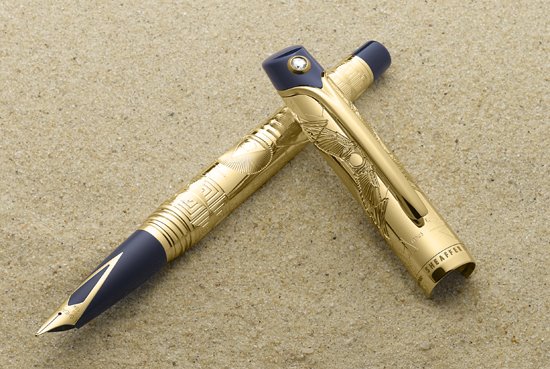No sooner had I written my review of the Laban Mento Terrazzo, I traded it away for the Pelikan Ductus pictured above. The Pelikan Ductus is a much villified pen and the Internet has no shortage of disgruntled purchasers. So why trade a pen that I loved, the Laban, for a pen that doesn't move me? Well, I have this theory that I can turn a frog into a prince, or in this case a princess. And I think I've succeeded in doing that, well at least for the most part.
First and foremost: Pelikan is one of the finest pen manufacturers in the world and I would spend my money on a Pelikan writing instrument before purchasing a Montblanc. Pelikan is known as "the writer's pen" which is to say that Pelikan writing instruments are for people who enjoy using fountain pens.
The Ductus is a beautiful writing instrument. It is a classic and classy pen that commands authority. An alternative name for this pen would be "Black Tie" but, alas, the Monteverde company already has a fountain pen with that designation. The pen comes in two versions: black & gold or black & silver. The pen is made of black high-grade resin and lacquer over metal. In a departure from their Souveran series of pens, the pin stripe is on the cap rather than the barrel. The clip is big and springy in the traditional shape that resembles a Pelican's beak. The pen has heft and feels wonderful in the hand. It's not a light-weight pen but neither is it heavy.
The Sanctum Santorum: Going Inside
Where the Ductus fails to live up to its initial good looks is on the inside. The nib on this pen has got to be one of the most unattractive nibs I've ever seen. It resembles a shovel that you'd use to dig a ditch.
The nib takes away from the beauty and elegance of the pen, a traditional Pelikan nib would have been more befitting. (And you're probably still wondering why would I trade my Laban for this pen, I'll get there soon.) The nib is smooth like all the nibs in the Pelikan line, which works in its favor. The nib on the pen that I received is extra fine; I usually prefer a medium, broad or italic for a bolder writing line.
The feature that most collectors and writers dislike is the fact that the fountain pen is cartridge only. What were they thinking? Pens can be cartridge/converters which gives you the option of using a cartridge or filling from a bottle. Higher quality pens have an internal piston filling system which is, for me, preferable. Not being able to fill the Ductus from a bottle is frustrating. Fortunately I have syringes that allow me to fill the cartridge with the ink of my choice. I hear that it is possible to fit a cartridge/converter into the cartridge only receptacle which makes it easier to fill the pen using bottle ink.
In the picture above you'll notice a small U-shaped clip that holds the cartridge in place. The U-shape clip is very delicate and was the first casualty in my attempt to modify the pen. To replace the clip is too difficult to do one's self, so I didn't bother. The good news is that, the cartridge attaches snugly to the feed whereby there is no leakage due to the clips absence.
From Frog To Prince: The Modifications
The first task was to increase the ink flow so that the pen would provide a thicker line of writing. The easiest way to do this is to, with great care, pass a razor blade between the tines of the nib. Care must be taken not to mis-align the tines. I also gently increased the space between the nib and the feed to allow for a more generous flow of ink. The pen is now closer to a medium European nib which would still be considered fine by American standards. But the pen is no longer an extra fine which is sufficient to make this writer happy.
Because the nib started as an extra fine, I found it to be a bit scratchy as it moved across the page. A few circular motions on a medium grade Emory board eliminated some of the bite from the nib: there are no more hiccups as the pen moves across the surface of paper, even paper with a toothy grain.
Purchasing a fountain pen is like buying an off-the-rack suit. While the basic suit is well made, it may need some tailoring to fit one's frame more elegantly. Generally, fountain pens write very well right out of the box but occasionally the pen may need to be modified to the owner's taste. There are many nibmeisters who do this professionally like Richard Binder and John Mottishaw (Links to their sites can be found elsewhere on this blog.) I have a strong interest in developing my pen repairing and modification skills, so I'm willing to take the chance of making a mistake in order to learn how to take a good pen and make it better. But I do not recommend doing so if you are unsure. The discussion forums over at The Fountain Pen Network are a good place to start if you wish to increase your knowledge about pen repair and modification. Perhaps, one day, you too will be able to turn a frog into a prince.
Have Pen, Will Write
Clifford "Jake" Jacobs
Scribo Ergo Sum
PS
I must thank my dear friend George Henry "Sandy" Campbell for trading pens with me and giving me the inspiration and opportunity to write this blog. Sandy was my high school English teacher who taught a class entitled, Being and Non-Being a literature class that focused on the work of Existentialist writers like Sartre, Camus, Buber, Kafka and Hesse. He was, and remains, the best teacher that I've ever had. Thanks Daoud Kahlil.

















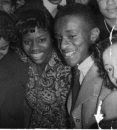








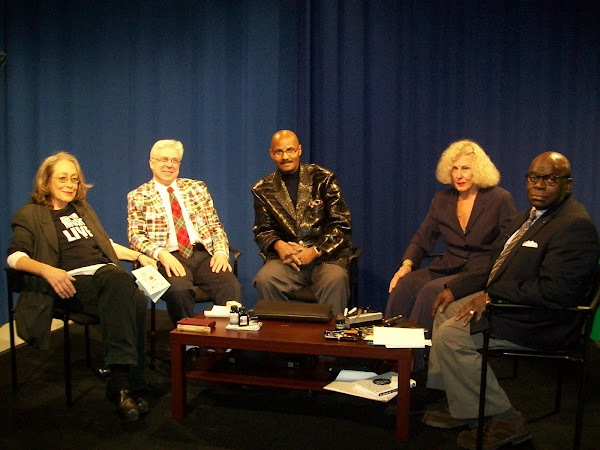

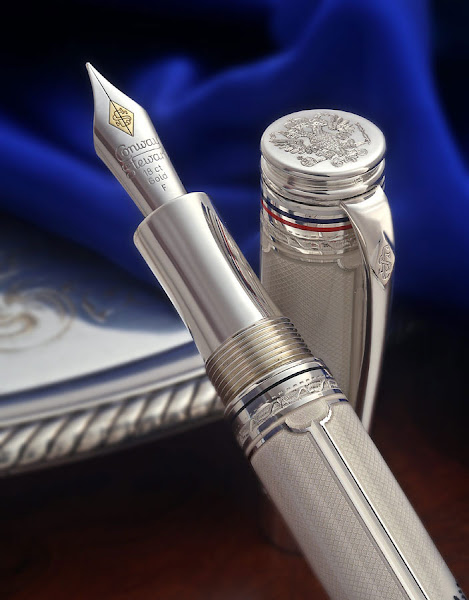
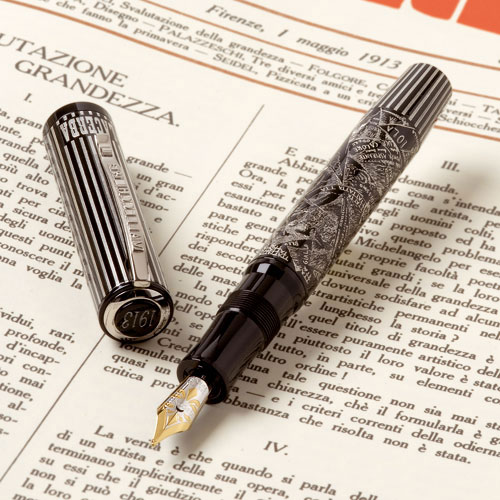
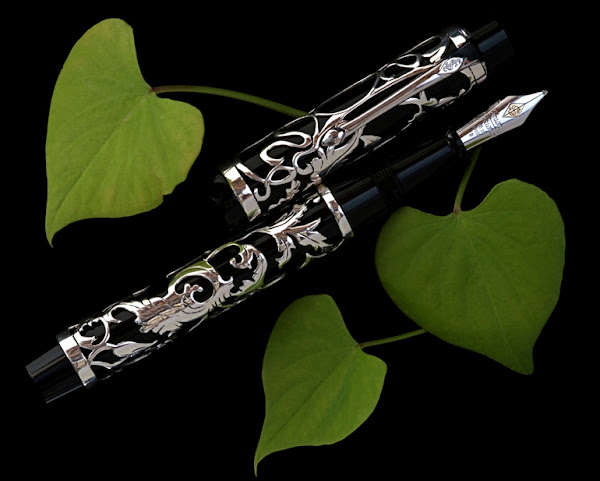

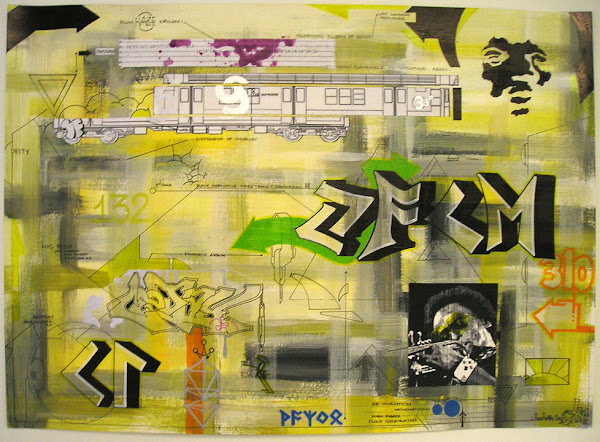.jpg)
